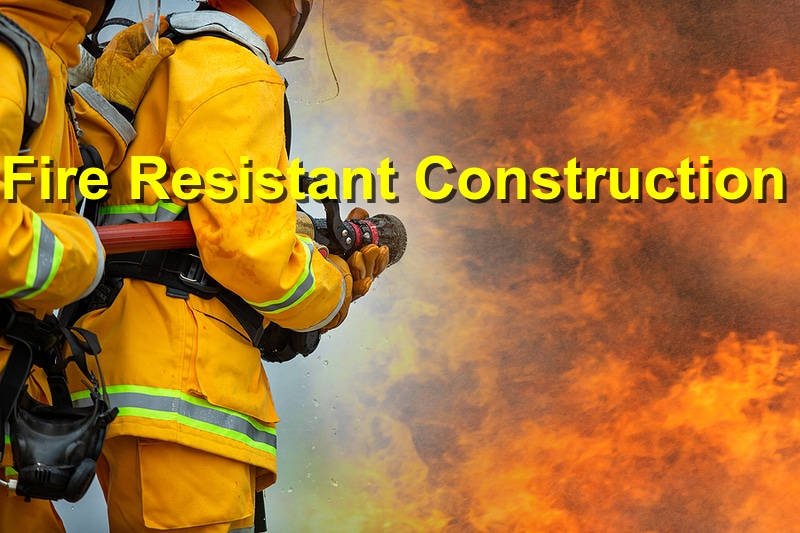Let’s face it. Fires, especially wildfires, are nothing new. Therefore, building and designing structures that can withstand a fiery inferno should be a no-brainer. If anything, statistics show that fires have recently become quite commonplace in the US to the point that material engineers or construction professionals have been forced to become more innovative in selecting construction materials. Here’s a quick primer on that.
Go for Fire-rated Brick Assemblies
As much as brick is by itself quite resistant to fire, it is imperative to go for ones that are capable of withstanding extremely high temperatures without combusting or melting. This implies going for specific masonry implementations with an impressive fire rating, e.g, a 1-2 hour fire/combustion rating. Doing this prevents the bricks from fueling the fire, thereby making it harder to rein in, in the unfortunate event of an inferno accident.
Fire Resistance Concrete
You probably already know that concrete is a pretty good fire separation structure, which explains its popularity in most fire-prone areas. Having said that, adding aggregates to it, such as silicone, sand, hemp, or limestone, is also a better way of increasing concrete’s fire rating. The same can be said of ICF (insulated concrete forms), which have recently risen in popularity, especially here in the USA.
Tested Coatings and Assemblies
SFRM (spray-applied fire-resistive materials)can come in very handy for making any type of structural steel resistant to accidental infernos. The same can also be said of spray-on fireproofing, which is also used on gypsum boards and woods. That aside, contractors are expected to conduct due diligence and research on whether the coatings applied are fire-rated for a specific thickness and a particular application (wet vs. dry).
Using Fire Resistant Wood
However ironical it may sound, wood can actually be treated to become fireproof. This implies that by using the correct treatment, you can slow down the spread of fire by using treated lumber rather than plain raw wood. Apart from protecting your belongings in case an inferno engulfs your home, it can also potentially lower your insurance rates considerably by enabling you to meet loftier building codes.
Wool Insulation and Type X Drywall
Using type X drywall can also be part of your own customized fire-rated assembly. That being said, you must remember to incorporate fiberglass insulation as part of the arrangement to further slow down the spread of an inferno, especially in areas like electrical installations and garages.
References: BigRentz, Gharpedia, DreamCivil




